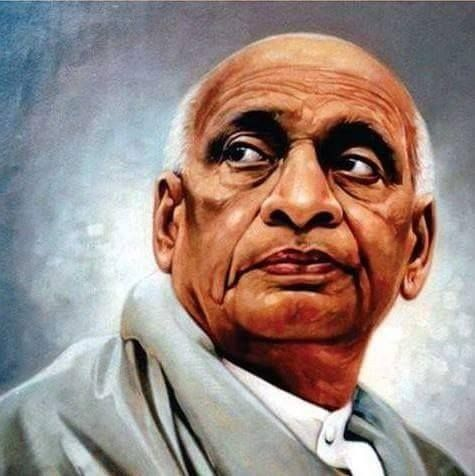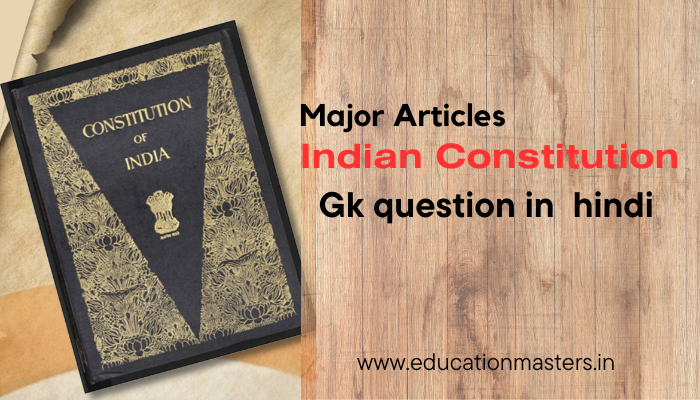|
Field
|
Details
|
|
Name
|
Sardar Vallabhbhai Jhaverbhai Patel
|
|
image
|

|
|
Birth Date
|
October 31, 1875
|
|
Birth Place
|
Nadiad, Gujarat, India
|
|
Nationality
|
Indian
|
|
Citizenship
|
Indian
|
|
Other Names
|
Iron Man of India, Sardar Patel
|
|
Education
|
Studied Law
|
|
Alma Mater
|
Middle Temple, London
|
|
Occupation
|
Lawyer, Freedom Fighter, Statesman
|
|
Years Active
|
1917–1950
|
|
Known For
|
Unifying 562 princely states into the Indian Union; First Deputy Prime Minister & Home Minister of India
|
|
Political Party
|
Indian National Congress
|
|
Spouse
|
Jhaverba Patel
|
|
Children
|
2 (Maniben Patel, Dahyabhai Patel)
|
|
Parents
|
Jhaverbhai Patel (father), Ladba Patel (mother)
|
|
Death
|
December 15, 1950, Bombay (now Mumbai), India
|
|
Awards
|
Bharat Ratna (1991, posthumous)
|
|
Memorial
|
Statue of Unity (World’s tallest statue), Gujarat
|
Early Life and Family Background
Sardar Vallabhbhai Patel was born on October 31, 1875, in Nadiad, a small town in Gujarat. He belonged to a humble agrarian family. His father, Jhaverbhai Patel, served in the army of the Queen of Jhansi, while his mother, Ladba Patel, was a deeply spiritual woman who greatly influenced Vallabhbhai’s values.
From childhood, Patel displayed extraordinary determination and fearlessness. Although he began school later than most children, he was sharp, strong-willed, and highly independent. His early life was marked by simplicity and hard work, traits that shaped his character throughout his life.
Education and Law Career
Patel completed his schooling in Gujarat and later moved to Ahmedabad to practice law. His intelligence and clarity of thought made him a highly successful lawyer. However, Patel aspired for more.
With limited financial resources, he saved money patiently and traveled to London in 1910 to study law at the prestigious Middle Temple. Despite being an older student compared to others, he completed the course with excellence, proving his intellectual brilliance.
Upon returning to India, he became one of the most respected barristers in Ahmedabad. His legal career flourished, but destiny had a larger role for him — the service of the nation.
Beginning of Political Journey
Patel’s life took a decisive turn in 1917 when he met Mahatma Gandhi, a moment that transformed his outlook and future. Deeply moved by Gandhi’s principles of non-violence, truth, service, and self-rule, Patel abandoned his successful legal career to dedicate himself to the nation’s freedom struggle. He quickly emerged as one of Gandhi’s staunchest supporters, adopting his methods of satyagraha and mass mobilization. Patel’s sharp organizational skills, courage, and unwavering discipline made him an indispensable leader within the Indian National Congress, earning widespread respect and positioning him as one of the key pillars of India’s independence movement.
Kheda Satyagraha (1918)
When famine struck Kheda, farmers were unable to pay land taxes. Patel led a non-violent protest, organizing people with discipline and unity. The British government eventually relented, granting relief to the farmers. This movement marked the beginning of Patel’s rise as a mass leader.
Bardoli Satyagraha (1928)
This movement was a turning point. Facing unfair tax hikes, farmers of Bardoli turned to Patel for help. He led a peaceful protest that resulted in the tax increase being withdrawn. For this success, women of Bardoli affectionately gave him the title “Sardar”, meaning Leader — a title he carried for life.
National Role in the Freedom Struggle
Patel actively participated in major national movements:
- Non-Cooperation Movement (1920)
- Civil Disobedience Movement (1930)
- Quit India Movement (1942)
He was arrested several times but never compromised on principles. Patel’s leadership style was practical, bold, and rooted in discipline, making him one of Congress’s strongest pillars.
Role in India’s Independence and Partition
history — the integration of over 562 princely states. These states, ruled by kings and nawabs under British paramountcy, were not directly governed by the British Crown. With the British withdrawal, they were given the freedom to join India, join Pakistan, or remain independent. This posed a grave threat to the newly formed nation, as the possibility of several independent kingdoms emerging within India’s borders could have led to political chaos, regional conflicts, economic instability, and even civil war.
At this crucial juncture, Sardar Vallabhbhai Patel stepped forward with extraordinary foresight and leadership. He recognized that without unification, India would remain vulnerable and fragmented. Patel, along with V. P. Menon, undertook the monumental task of persuading each princely state to accede to the Indian Union, ensuring that the dream of one united India became a reality.
Architect of Indian Unity – Integration of 562 Princely States
As the first Home Minister and Deputy Prime Minister, Sardar Patel led one of the most complex political tasks in world history: bringing together 562 princely states into a single nation.
Patel used a combination of:
- Diplomacy
- Negotiation
- Persuasion
- Firmness when required
He was supported by V. P. Menon, a skilled civil servant who helped draft the Instrument of Accession. Patel convinced rulers to join India by assuring them of fair treatment and autonomy in some internal matters.
Key Integrations Led by Patel
- Hyderabad: Integrated through "Operation Polo" after Nizam refused accession.
- Junagadh: Merged after public unrest and referendum.
- Kashmir: Supported its accession during Pakistani tribal invasion.
- Travancore, Bhopal, Indore, Gwalior: Joined through negotiations.
Without Patel’s leadership, modern India’s political map would have been completely different. He earned the title “Iron Man of India” for his unmatched resolve and leadership.
Strengthening India’s Administrative System
Patel played a foundational role in shaping India’s administrative and civil services structure.
His major contributions include:
- Creation of the Indian Administrative Service (IAS)
- Formation of the Indian Police Service (IPS)
- Rebuilding law and order after Partition riots
- Reorganizing states for better governance
Patel firmly believed that a strong civil service was necessary for a strong nation.
Lifestyle & Personality
Sardar Patel lived a simple and disciplined life. He always wore plain khadi clothes, practiced humility, and emphasized duty over personal comfort. He had a calm yet commanding personality.
Known for his sharp intellect, Patel was a master strategist — practical, fearless, and deeply patriotic. Though he appeared strict on the outside, he was compassionate and caring toward the poor, farmers, and common people.
His leadership was defined by:
- Honesty
- Decisiveness
- Courage
- Vision
- Integrity
His lifestyle reflected Gandhi’s principles, and his spirit of service earned respect across all sections of society.
Death and Legacy
Sardar Patel passed away on December 15, 1950, in Bombay (Mumbai). His death marked the end of an era, but his legacy continues to live on.
Honors & Memorials
-
Awarded Bharat Ratna in 1991 (posthumous).
-
Statue of Unity, the world’s tallest statue (182 meters), was inaugurated in 2018 in Gujarat to honor him.
-
His birth anniversary, October 31, is observed as National Unity Day (Rashtriya Ekta Diwas).
Lasting Legacy
Sardar Patel is remembered as:
- The Unifier of India
- The Iron Man
- A visionary administrator
- A fearless freedom fighter
- The man who shaped India’s unity and stability
His work laid the foundations of a secure, united, and strong India.
Conclusion
Sardar Vallabhbhai Patel’s life is a monumental story of courage, leadership, and patriotism. From leading farmers in Gujarat to uniting 562 princely states, Patel dedicated every moment of his life to the service of the nation. His strength of character, practical wisdom, and unwavering commitment to unity make him one of India’s greatest nation-builders.
He remains a symbol of national integrity, discipline, and indomitable will — truly deserving of the title “Iron Man of India.”

.jpg)





.jpg)
.png)
.jpg)
.jpg)
.jpg)
